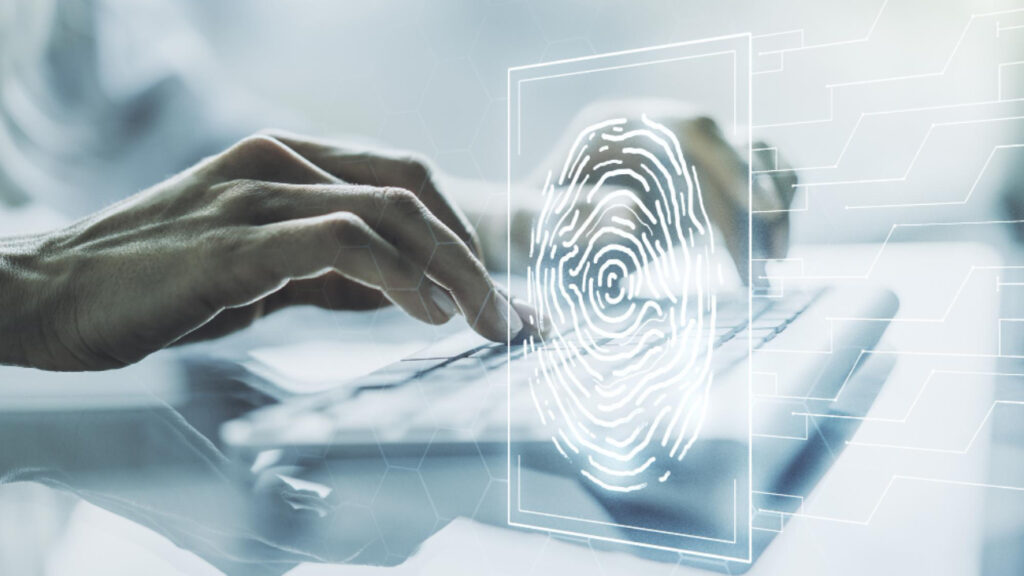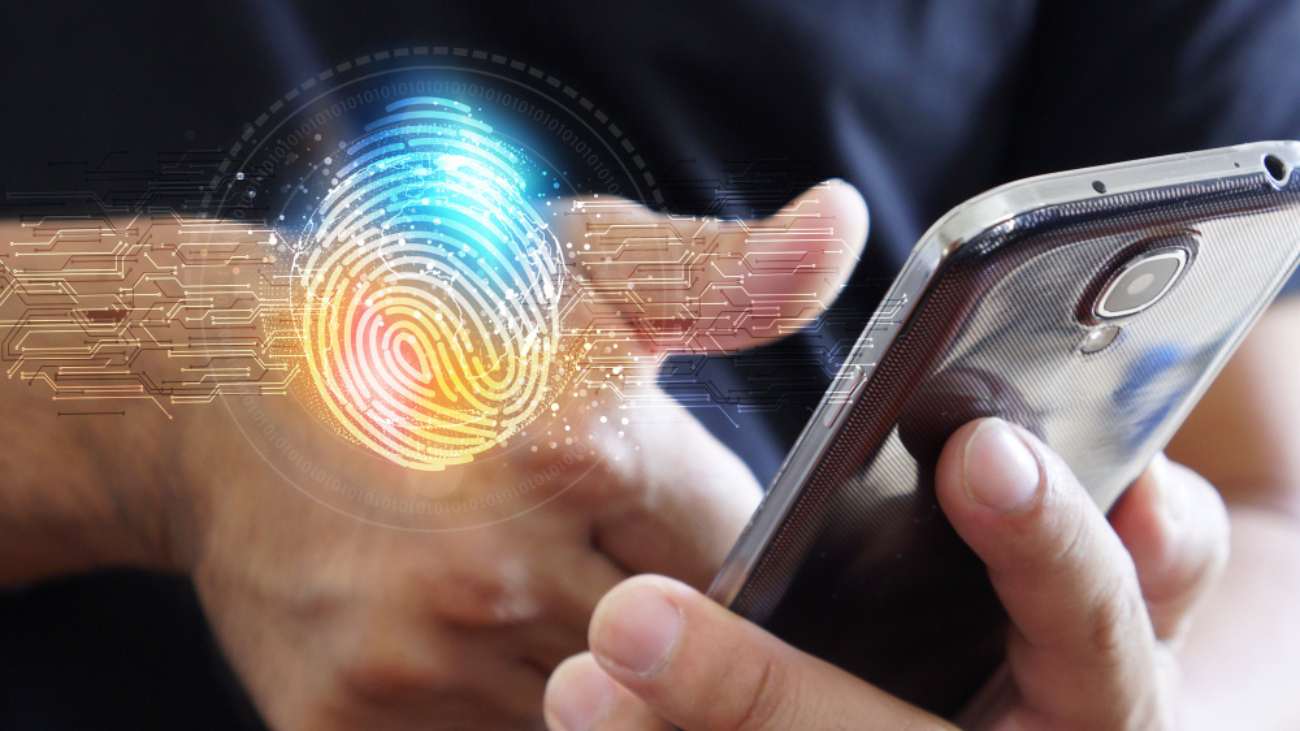Biometric analytics have become an indispensable tool in modern healthcare, revolutionizing how we identify, monitor, and diagnose patients observed Bahaa Abdul Hadi. This technology harnesses the unique physiological and behavioral characteristics of individuals. These include fingerprints, facial features, and even gait patterns, to enhance patient care and streamline administrative processes. While the potential benefits are substantial, the adoption of biometric analytics in healthcare also raises crucial questions about the protection of patient privacy.
The Role of Biometric Analytics in Healthcare
Biometric analytics shape healthcare by leveraging distinctive physical and behavioral attributes to fulfill a range of pivotal functions. This technology plays a vital role in healthcare settings, primarily through applications like patient identification and authentication, health monitoring, and disease diagnosis.
With patient identification, it enables real-time verification, reducing the risk of medical errors and ensuring accurate records. In health monitoring, biometric analytics track vital signs and health parameters efficiently, aiding in timely intervention.
Additionally, in disease diagnosis, these analytics assist healthcare professionals by swiftly identifying conditions, leading to improved treatment outcomes. The active role of biometric analytics is pivotal for enhancing patient care and optimizing healthcare operations.
Privacy Concerns in Healthcare Biometrics
Privacy concerns loom large in the realm of healthcare biometrics, centering on the active collection and storage of sensitive biometric data. The risks associated with data breaches and potential identity theft are not to be underestimated, making it crucial to address these vulnerabilities.
Patients’ consent and their rights to control their biometric information are paramount, emphasizing the need for transparent, informed consent processes. Ethical considerations come into play as the balance between technological progress and patient privacy is navigated. These concerns call for active measures to mitigate risks and ensure the responsible handling of biometric data within healthcare systems.
Balancing Privacy and Progress
Balancing privacy and progress is an active, ongoing challenge when it comes to healthcare biometrics. Regulatory frameworks like HIPAA and GDPR require compliance to protect patient data. Data security measures, including encryption and access controls, play a role in safeguarding patient privacy. Informed consent, an active process, ensures patients are aware of how their biometric data is used.
Active limitations on data use can prevent unwarranted intrusions into patients’ privacy. Healthcare providers, in their active role, should take the lead in ensuring that patient information is protected. By addressing these elements, we can ensure that progress in biometric healthcare technologies occurs responsibly and respects patient privacy.
Conclusion
The journey of biometric analytics in healthcare underscores the need to actively strike a harmonious balance between progress and privacy. While the potential advantages are tangible and substantial, the active protection of patient privacy must remain a paramount concern. Regulatory frameworks actively guide us in this endeavor, emphasizing the need for active compliance.
The active application of data security measures, informed consent processes, and clear limitations on data use are vital tools for maintaining this equilibrium. It’s crucial that healthcare providers actively embrace their role in this landscape, taking active steps to safeguard sensitive patient information. Thank you for your interest in Bahaa Abdul Hadi blogs. For more information, please visit www.bahaaabdulhadi.com







